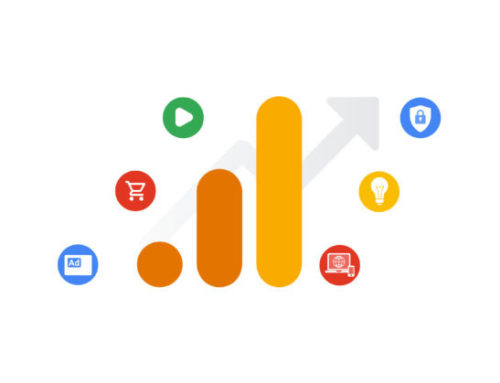Imagine you are visually impaired.
Most web pages you visit are translated by your PC reader so you can “read” the page. You then visit one site for something you are really interested in and all you “see” are incoherent image names and choppy pieces of information. Technology has advanced to allow those with disabilities to experience so much of what the web has to offer; however, the web still relies on site owners and developers to ensure the pages are “readable”, also known as accessible to the visually and hearing impaired. We believe that making a website accessible is the right thing to do. There’s also a growing legal incentive━so you don’t get sued. Let’s take a closer look at these two reasons to make your website accessible.
It’s The Right Thing To Do
Not having a website that is accessible can go beyond the ethical or legal concerns. It can hurt your bottomline. Your business will be ineffective with prospective customers if they can’t use your website. Don’t underestimate the value of this group. According to the CDC, approximately 61 million people, or a quarter of the adult American population, live with a disability. In dollars, this group represents an estimated $645 billion (with a “b”) in annual disposable income. Add in a multiplier for word of mouth marketing and it is too big of a segment to ignore.
Google has ─ and we believe will continue ─ to weight website accessibility when considering search engine rankings. Accessibility helps improve search engine performance. Don’t have a website that is optimized for accessibility, but your main competitor does? Their site will rank higher. It’s that simple.
“I don’t want to get sued”.
People should not be discriminated against because they have a disability. Many laws in the U.S. support this right. If you violate one of these laws, you could find yourself at the defensive end of a lawsuit. While we can’t predict the chance of this happening, we have observed lawsuits and they have “teeth”. According to an analysis by international legal firm Seyfarth Shaw, web accessibility federal lawsuits hit record numbers in 2019, with 11,053 suits filed in federal court, an 8.8% increase from 2018.
What is Web Accessibility?
“Web accessibility means that websites, tools, and technologies are designed and developed so that people with disabilities can use them. More specifically, people can:
- perceive, understand, navigate, and interact with the Web
- contribute to the Web”
More simply, when sites are properly developed, people with disabilities can use them. Web accessibility disabilities include: auditory, cognitive, neurological, physical, speech, and visual.
Web accessibility also benefits people without disabilities, for example:
- people using mobile phones, smart watches, smart TVs, and other devices with small screens, different input modes, etc.
- older people with changing abilities due to aging
- people with “temporary disabilities” such as a broken arm or lost glasses
- people with “situational limitations” such as in bright sunlight or in an environment where they cannot listen to audio
- people using a slow Internet connection, or who have limited or expensive bandwidth
Where do we go from here?
Companies and organizations that make the effort to comply with the technical requirements of web accessibility standards including WCAG 2.0 (or 2.1) will protect themselves from legal perils. More than that, people who have disabilities will be included and welcomed – with the organization benefiting from their business. To address this need, we proudly offer our clients an Automated Website Accessibility Solution for ADA & WCAG Compliance. This solution requires almost no content and design changes. You can experience this module on our site by clicking the blue icon at right. Contact us today to learn more.



